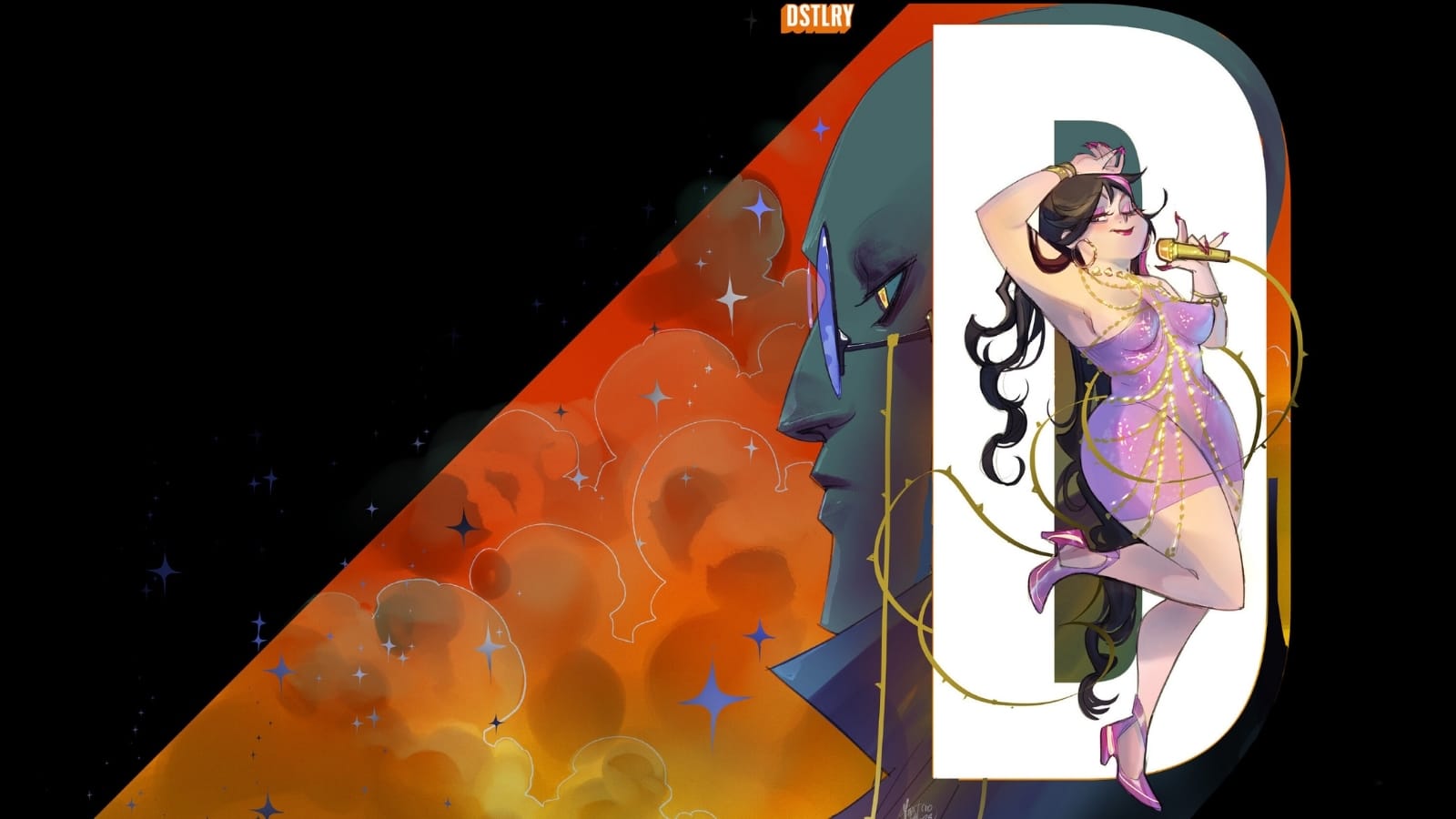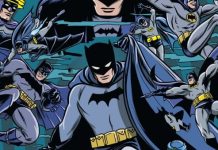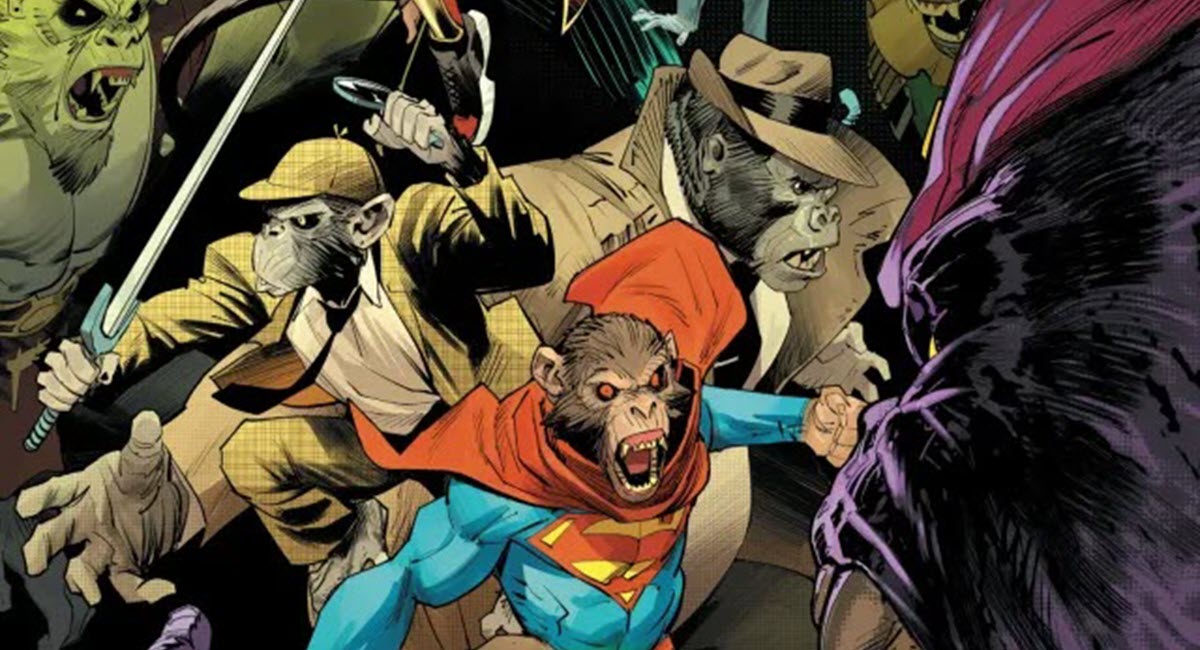This week’s review slate sees me trying out Transformers for the first time ever, in the form of Transformers Prime: Beast Hunters #1. I’ll also be flicking through the pages of Neil Slorance’s The Amateur Astronomer’s Journal, as well as reeling in a copy of Becky Cloonan’s Demeter.
Transformers Prime: Beast Hunters #1
Mairghread Scott, Mike Johnson (w), Agustin Pedilla (a), Priscilla Tramontaro (c), Tom B. Long (l), Carlos Guzman (e)
This is the first part of a miniseries from IDW, which has been out for quite a while (indeed, long enough that issue #2 is also available now). A murder mystery set amidst political unrest in the aftermath of the war, I nevertheless found this to be easy to get to grips with. This issue starts with a prologue-of-sorts which outlines where it sits within the grand continuity of Transformers, but then wanders away from that in order to tell a self-contained storyline.
I know very little about Transformers, aside from the fact they are ROBOTS IN DISGUISE. And actually, I don’t know much about the vehicles they turn into, either. To this day, I have no idea whereabouts on a car you’d find your axles. In fact, I’m so unaware that I tried spelling it axel before word corrected me. So it was actually rather impressive when reading this issue to find that the characters were pretty easy to tell apart. Three or four of them get attention above the others, and after I finished the issue I could remember them apart and note their basic personalities and priorities.
There’s always been a political element to Transformers comics, as far as I’ve been told, and writer Mairghread Scott does a great job of establishing the greater stakes circling this contained murder investigation. She holds onto the tension effectively, creating a situation which traps the main characters and leaves them isolated in a wilderness. Agustin Pedilla’s artwork manages to help the premise rather than hinder it – I’d imagine it rather difficult to draw the Transformers and leave them looking like they fit into their environment, rather than loom over it. The issue never feels like you’re reading giant monstrous robots, apart from when it dips into the occasional fight scene. It feels pretty closed and tight.
It was pretty good fun, really. I had no idea what to expect from the issue, but it was a smartly executed idea which managed to work despite all the characters being giant robots who turn into dinosaurs. I read the issue to get an idea of Scott’s writing and dialogue – I came away impressed.
The Amateur Astronomer’s Journal
Neil Slorance
Last week nominated for several Scottish Independent Comic Awards, Neil Slorance’s ‘The Amateur Astronomer’s Journal” mixes pieces of astronomy and science with a slight but utterly lovely story about the main character; the astronomer herself. Told six panels per page, it’s a simple and cartoony story which is completely hand-lettered.
It’s also exactly the sort of comic I love reading. The majority of the comic is spent in a field, as the astronomer looks up into the sky and narrates bits of trivia about the various stars and planets she can see. There’s no action or quickness in the story at all – it runs at its own pace, forcing us to stick with the main character and follow all her thoughts and ideas.
She’s a delight to follow, making silly jokes to herself and keeping everything light-hearted and soft-focused. Her stories about the various stars don’t feel forced into the pages whatsoever, but instead comes off as an extension of her personality and character. Everything is couched in the knowledge that she’s feeling depressed about something in her personal life, so there’s something really charming about the way she melts away from her home life and invests herself in her hobby. You immediately root for her – to my mind, there’s nothing better than seeing somebody really enjoy something they love.
Slorance’s six-panel pages allow him to try all kinds of experimentation with his lettering, turning pictures of planets into detailed maps and plans, floating dialogue around moons and making smart points or silly jokes. The hand-written letters actually bring slight reminders of Saga, as he literally etches the main character’s thoughts onto the night sky.
Its nominations at SICA are totally deserved. It’s a thoroughly enjoyable story, with a delightful lead character who is full of life and wit. It looks beautiful, and makes for a great read.
Demeter
Becky Cloonan
And finally to Demeter, the third of Becky Cloonan’s self-published stories. Completely handled by Cloonan from concept to print, each of these three stories has told the story of a lost figure hoping to find some peace and solace in the face of the unearthly. For this third story though, Cloonan tries things a little differently once more. This time we focus in on a female lead character, whose thoughts and narration fill every page with ideas and plans. This is more wordy than anything Cloonan’s tried before, and seems to be her experiment with leaning on writing rather than artwork.#
Because of course, her artwork in this issue is emotive and expressive in the extreme. Cloonan’s style is immediately recognisable in the way she draws faces and body language, with each character having their own way of moving and perspective. Her sequencing takes a few risks – much like in The Mire, her previous story, she takes the idea of a splash page and turns it on its head. Instead of having a splash page be a single moment or image, Cloonan tends to take a normal page with four or five panels/beats and merges it all into one cohesive whole.
When writing a story set at sea, featuring lost sailors and howling winds and storms; the sea becomes a character in itself. So is the case here, with Cloonan establishing that there is something out there which lures all the characters through the story. The narrative lives on the fact that the ending is clear almost immediately – it’s the inevitable journey which leads us to it which provides the hook and pull of the story. I can’t help but feel like I’m dancing around some kind of fishing metaphor here, so I’ll jump to a new paragraph before any of us have to suffer that.
This is probably the strongest of the three stories Becky Cloonan’s created over the past few years. The characters are more realised and the fantasy elements feel natural and assured. All three of the comics – Wolves, The Mire, and now Demeter – have been fascinating, evocative pieces of work. I think Wolves is the most re-readable of the three, a story happily lost within it’s own mythology. But I think Demeter is the best whole that Cloonan has created so far. Both the writing and artwork stand out alongside one another, showcasing her work and making a very strong case for why she should probably be elected Comics Pope.
You can buy the issue here, or on ComiXology.
I’d recommend all three of the comics reviewed above. They’re all very different, strange, and wonderful.











Stand-Up Comedy
Well, here’s your chance to try it out for size. Just think, you are making jokes and everyone is laughing. As you were growing up, you kept your friends, family and classmates in stitches. They would fall over whenever you told a joke. They couldn’t get enough of them and always wanted you to keep them supplied with more. Go TO:>> http://is.gd/pHNBSi
Comments are closed.